Line25 is reader supported. At no cost to you a commission from sponsors may be earned when a purchase is made via links on the site. Learn more
The Art of Integrating Social Media in Print Design
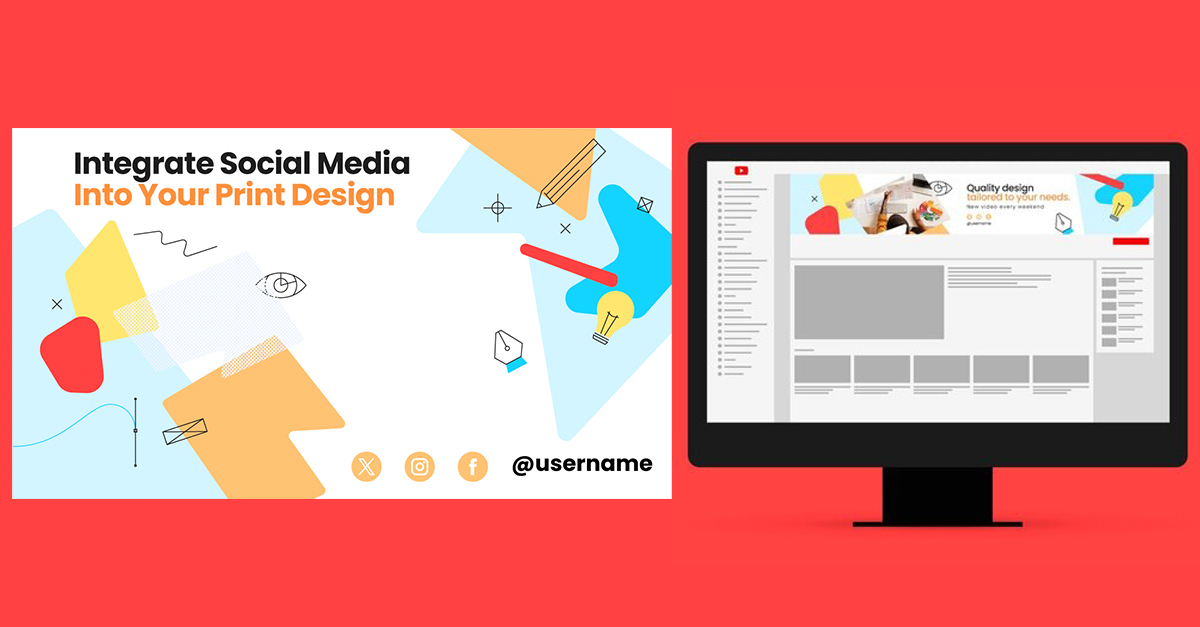
Remember when social media felt like a fleeting trend, a digital curiosity entirely separate from the established world of print? That perception has drastically shifted. Integrating social media into print material is now a crucial skill to achieve persuasive designs.
No longer confined to their respective corners, the tangible world of print and the dynamic realm of social media are finding innovative ways to complement each other. For print designers, this means embracing a new challenge of weaving the immediacy and engagement of social media into the enduring power of print.
This convergence of print and digital isn’t just a trend—it’s a must-do for success. By weaving social media elements into your print materials, you create a dynamic ecosystem where each medium amplifies the other. This means extending the lifespan of your print campaigns, fostering deeper engagement, and building a more robust brand presence. Imagine a reader discovering your meticulously designed brochure, captivated by its tactile appeal, and then effortlessly transitioning to your online community with a simple scan or click. When orchestrated thoughtfully, this journey from the physical to the digital offers a powerful way to connect with your audience on multiple levels.
Value of Print
There’s something about holding a physical piece of printed material that resonates on a personal level—no glare of a screen, no background ads flashing for attention, just you and the design.
Print affects us psychologically: Its tactile qualities—the texture of paper, the giving nature of a supple leather cover, and the satisfaction of turning pages or flipping a card—create a multisensory experience that deepens our connection to the material. This hands-on interaction imprints memories more effectively than a fleeting glance at digital content.
We often trust print more: The fact that someone invested time, money, and energy into producing a physical item often gives it an aura of importance and exclusivity. Print material feels more tangible and trustworthy than a digital ad shot out of the void.
Why Social Media is Irresistible
On the other side of the spectrum, social media thrives on interaction and immediacy. It’s where people go for real-time updates, impulsive engagement, and quick feedback.
Interactivity and immediacy: A single post can spark a conversation that garners dozens (or hundreds) of comments within minutes.
Community building: Consider each social channel as a venue for dialogue. Designers can quickly gauge what resonates with their audience, pivot their strategies, and build an engaged following.
Bringing Both Worlds Together
When done right, embedding social media into your print material extends its life. Instead of hoping a customer acts on a print ad immediately—before tossing it out—you can invite them to continue the conversation online.
If you’re already doing print collateral—or plan to—there is little to lose and much to gain from integrating with social media. Below, you’ll discover how to weave social media elements into your print projects without compromising design integrity or overwhelming your readers.
1. Integrating Call-to-Actions
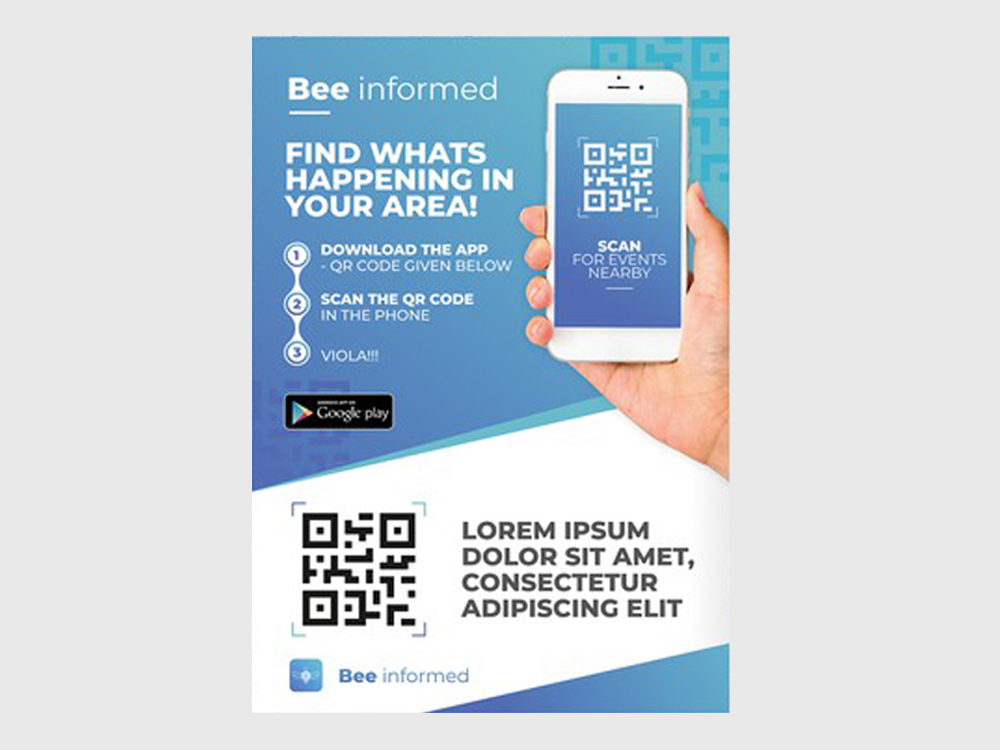
No matter how gorgeous your print design is, if there’s no clear next step for the audience, they’ll appreciate the visuals and move on. Effective call-to-actions (CTAs) are gentle nudges directing your reader down the engagement funnel.
Why CTAs Matter
A CTA tells readers how to take advantage of the value you’re offering—whether that’s joining your community or scoring exclusive discounts.
If you casually mention social media without specifying what to do, your audience is less likely to follow through. Vagueness undermines engagement. Instead of hinting at social channels, provide concrete instructions—like “Scan this code to join our Instagram community”—to guide readers smoothly from print to digital.
Examples of Effective CTAs
“Join over 1M followers on X!”
Numbers have an intrinsic psychological effect. People trust the experiences and opinions of others, and the more people involved in something, the more social proof it has.
“Follow us for updates!”
FOMO, or the “fear of missing out,” can be amplified by using the word “updates” to create a sense of urgency tied to time-sensitive information.
“Tag us in your latest project!”
Tapping into user creativity fosters engagement and provides valuable user-generated content, boosting both brand exposure and authenticity.
Benefits of Social Integration
Followers: A CTA can turn a casual reader into a dedicated follower.
Community building: Encourage people to join groups, use branded hashtags, or share personal experiences.
Mentions and shares: With strong CTAs, you’ll see an uptick in people mentioning your brand and sharing your content.
2. Making Branded Icons Work for You
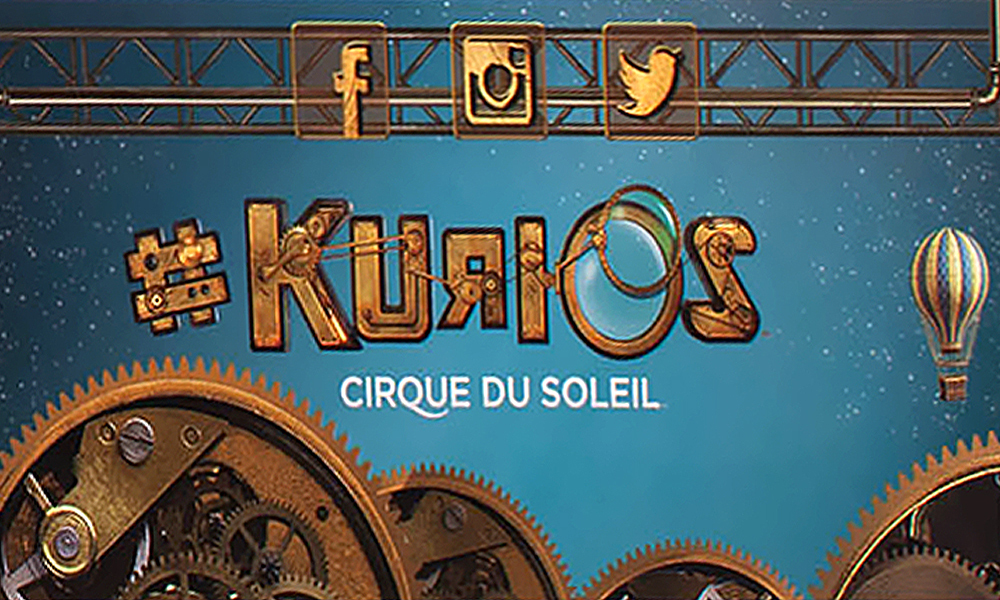
Once you’ve decided on your CTAs, ensure they fit your design scheme so they don’t disrupt the visual flow or professionalism. Simply slapping a generic Facebook or Instagram logo on your brochure can feel uninspired and might even clash with other carefully designed elements.
Why Use Branded Icons?
Using your brand’s colors to customize Facebook, Instagram, or X icons ties everything together. If your brand has a muted, minimalist style—you’ll notice several high-end clothing brands use their name solely on a white or black background—let the icons match that energy, opting for a monochrome style of that icon.
Know that a distinctive and personalized icon is a visual cue that people will associate with your brand. Each time someone sees that icon—be it on your packaging or uniquely designed business card—it strengthens their memory of who you are and what you offer.
Positioning Icons Effectively
Avoid distraction: Place the icons on the back cover if your piece is a sales folder or brochure. Let the reader journey through your printed product, and when they feel the urge to follow up, your icon and contact info are right there.
Scale and hierarchy: Icons should be small enough to avoid overshadowing other visuals but large enough to be instantly recognizable.
3. Matching Your Brand Aesthetic
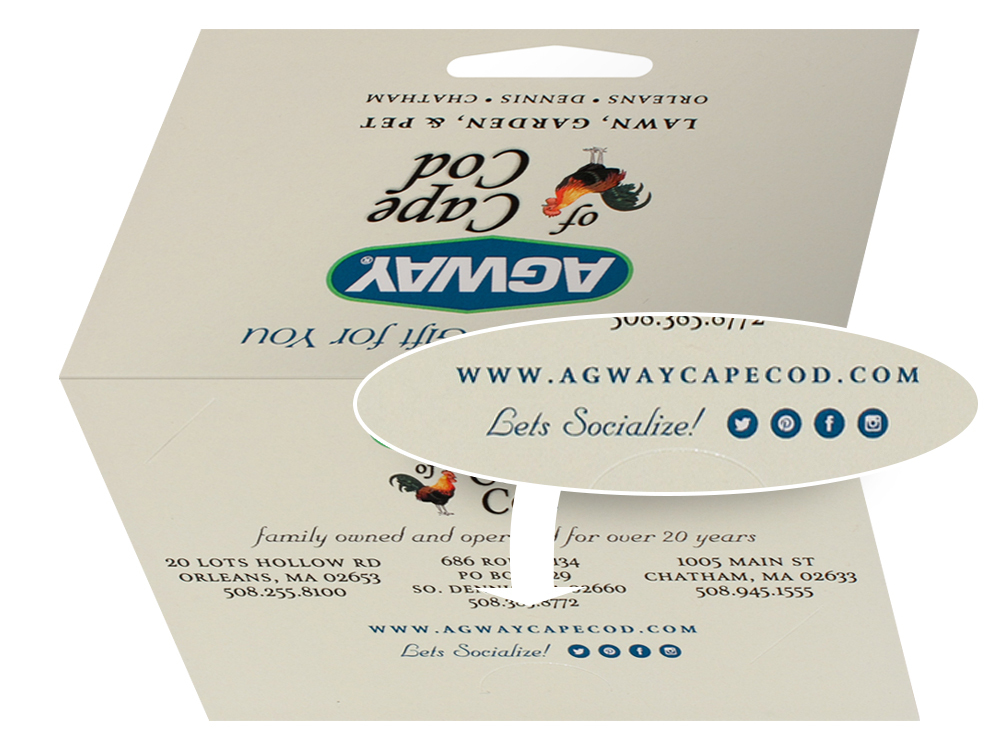
It’s not enough to simply place social media icons and images across your print materials; these elements must integrate with your brand’s established aesthetic.
Your aesthetic is like a visual promise—a consistent look and feel communicating your company’s identity and values. Failure to think ahead on this aspect can risk diluting that promise. You likely know a few brands that used mismatched colors or off-looking imagery between mediums. Inconsistency like that rarely inspires confidence—or a purchase.
Consistency in Color Scheme and Typography
We are wired to find consistency reassuring. Having similar color and typography between print and digital tells users they’ve come to the right place—among the hundreds of other brands sharing your space—and there’s huge comfort in that when making an important decision.
A strong example of consistency between mediums is a brochure layout that mirrors your Instagram feed or a color-coordinated logo and social media icon. When someone recognizes your brand colors and typography on social media—after seeing it in print—they’ll instantly recall their previous interaction with you. That familiarity often leads to repeat engagement.
4. Leveraging Social Media Handles
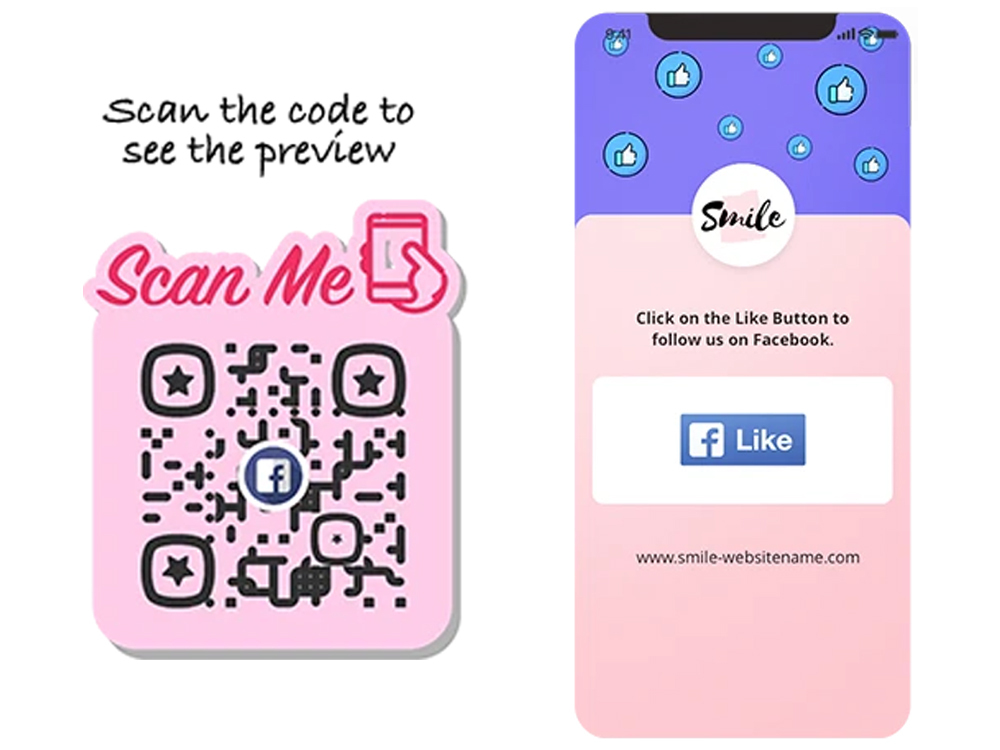
If your print piece just shows the social network’s logo, people might not bother searching for you among countless other accounts. That’s why including your handle or URL is crucial—it directs people to the exact place where they can reach your brand without confusion.
Failure to clearly identify your brand risks someone impersonating you, misleading your followers, and damaging your reputation.
Adding Handles and QR Codes
When it comes to handles, make it indisputably clear: “@YourBrandHere” or “X.com/YourBrand.” That way, you remove any guesswork and suspicion.
Consider pairing the handle with an accessible QR code. Most users aren’t going to open an app and search for your company, especially if your brand name is long—they’re more likely to simply scan a QR code. This makes it easier for them to follow through since scanning requires less effort than manually typing a lengthy handle or complex web address.
Common Pitfalls to Avoid
One easily preventable problem is using too many icons or long handles, which can quickly overwhelm the design. Strategically choose the platforms that matter most to your audience, and consider unifying your social media handles into a single, streamlined identifier for all networks.
Another frequent design flaw is unreadable fonts. Fancy scripts like Sans-Serif can be hard to decipher, especially at smaller sizes. Test your layouts at real-world dimensions and opt for strong, quality fonts like Helvetica, Verdana, and Arial, which scale well.
Making Handles Pop
Placement and hierarchy are huge when designing effective print. Position handles near the CTA or at the bottom of your design in a spot that naturally draws the reader’s eye after they absorb the main content. Also, giving social handles room to breathe helps them stand out without needing to be oversized.
Always remember the type of material you’re designing for. A small business card might only have room for one handle (choose carefully!), while a larger presentation folder could spare space for multiple icons and a longer CTA.
5. Driving Offline-to-Online Interaction
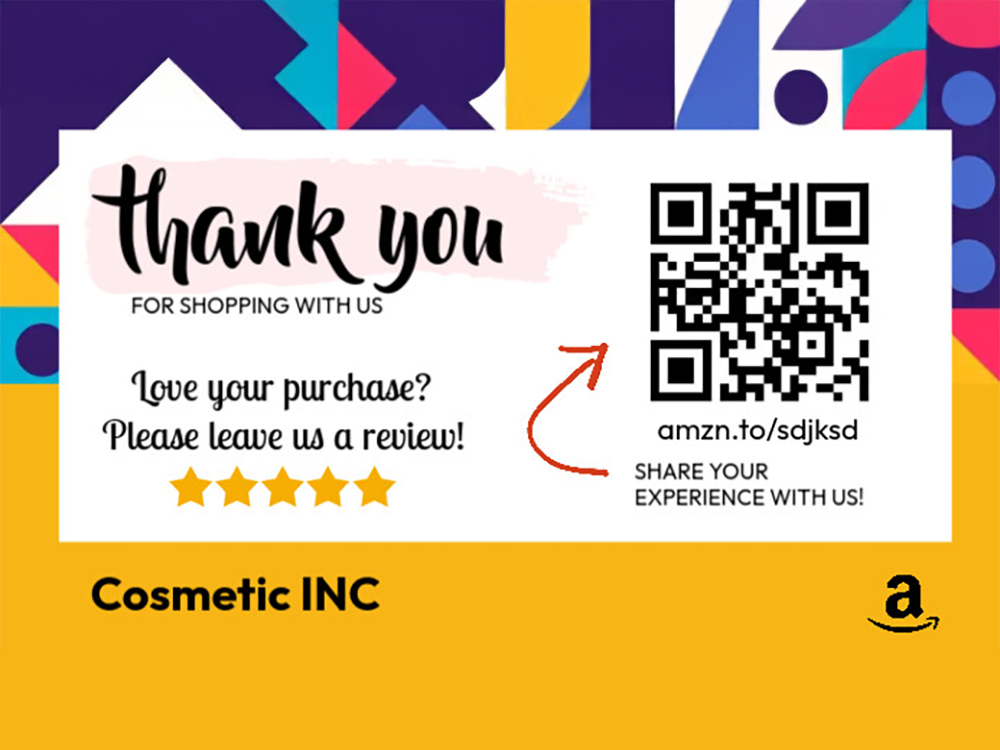
Even the most beautiful print piece can end up in the recycling bin if it lacks a compelling reason for readers to hold onto it. The trick is giving them tangible incentives to go online and explore further.
Incentives That Work
Exclusive Discounts or Giveaways: Offer a code that is accessible only by scanning something like a QR code or visiting your social page.
Reviews: Invite satisfied customers to share feedback or leave a review directly on your social profiles, boosting your online reputation.
Behind-the-scenes Content: Tease special looks into your process or product development, available exclusively on your social profile.
UGC Campaigns: “We want to see how you use our product. Tag us or use #BrandHashtagHere!” People love featuring their content—and you get authentic marketing in return.
Where Print and Social Media Shake Hands
Keeping up with ever-changing social media trends, design principles, and audience preferences may seem like a lot of work. While you might be tempted to simply slap together various social media elements on your design, you’ll soon realize that more is needed.
This list offers essential guidelines so the next time you integrate social media into your print design, you’ll have all the tools you need—no marketing copywriter or usability expert required. Remember, when print and social media come together, they create a powerful synergy that amplifies your message far beyond what either could achieve alone.
Common Questions about the Art of Integrating Social Media in Print Design
Social media integration is the use of social media in a marketing strategy. This can mean the business advertises its social media in business gatherings, meetings, webinars, on websites or during product showings.
Social media design, a subset of graphic design, is a format for creating intriguing visuals around diverse content on platforms like Instagram, LinkedIn, Facebook, TikTok, and X. These visuals are categorized as carousel posts, stories, and reels developed according to content strategy.
Print media is one of the most traditional and fundamental kinds of mass communication. Newspapers, weeklies, magazines, monthlies, and other types of printed publications are included. Social media is a type of internet-based communication.
Print design requires a much higher resolution than digital design to ensure the final product renders sharp and clear. Digital design, on the other hand, must take into consideration the resolution of the varying devices on which the design will be viewed (like a small cellphone screen vs. large desktop screen).
The goal of social integration is to create “a more stable, safe and just society for all”, in which every individual, each with rights and responsibilities, has an active role to play.
Social media integrations are a great way to combine marketing efforts across channels. They help customers shop directly from social networks like TikTok and Instagram, enhancing the shopping experience with seamless e-commerce. And provide brands with valuable social data for critical customer and market insights.
